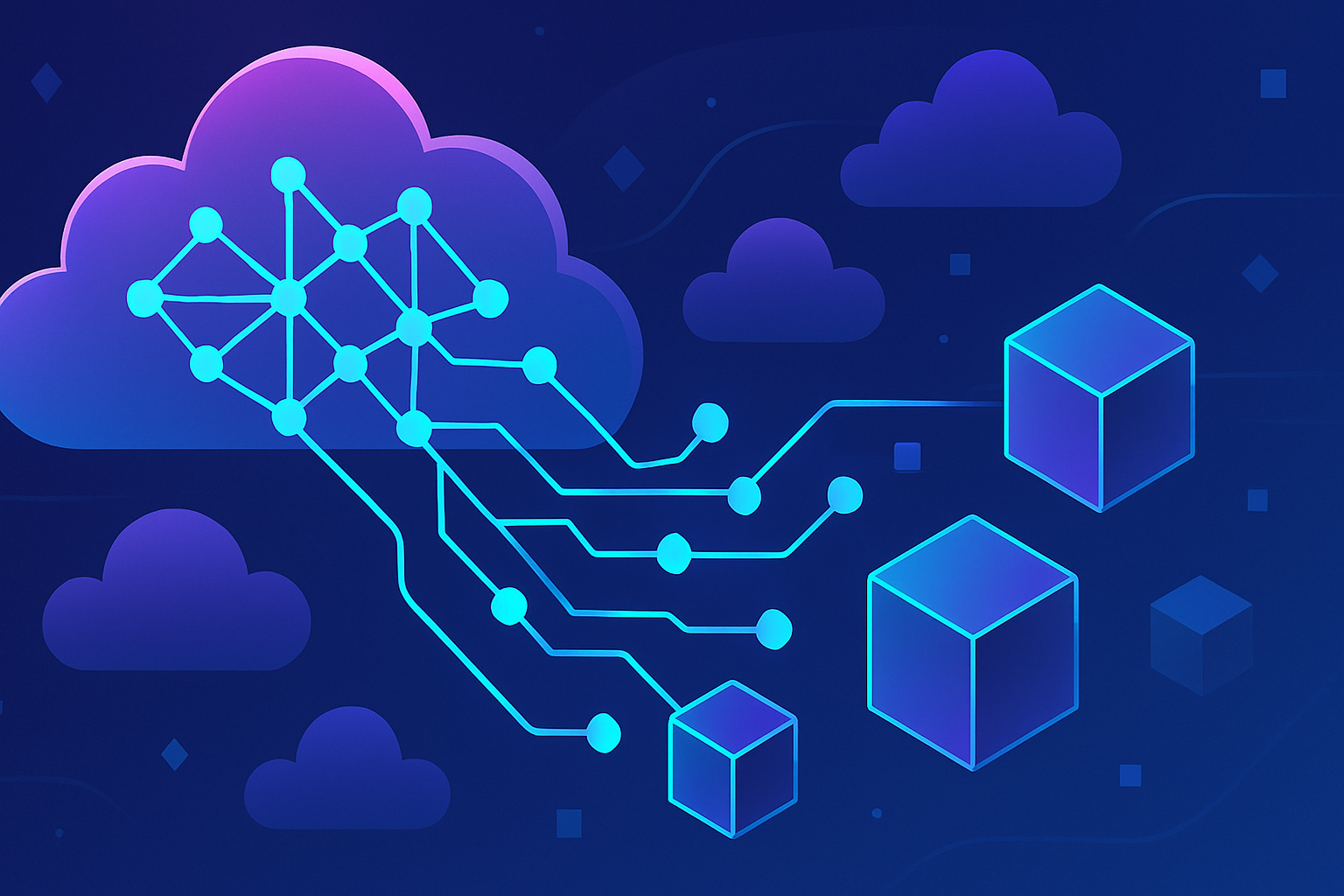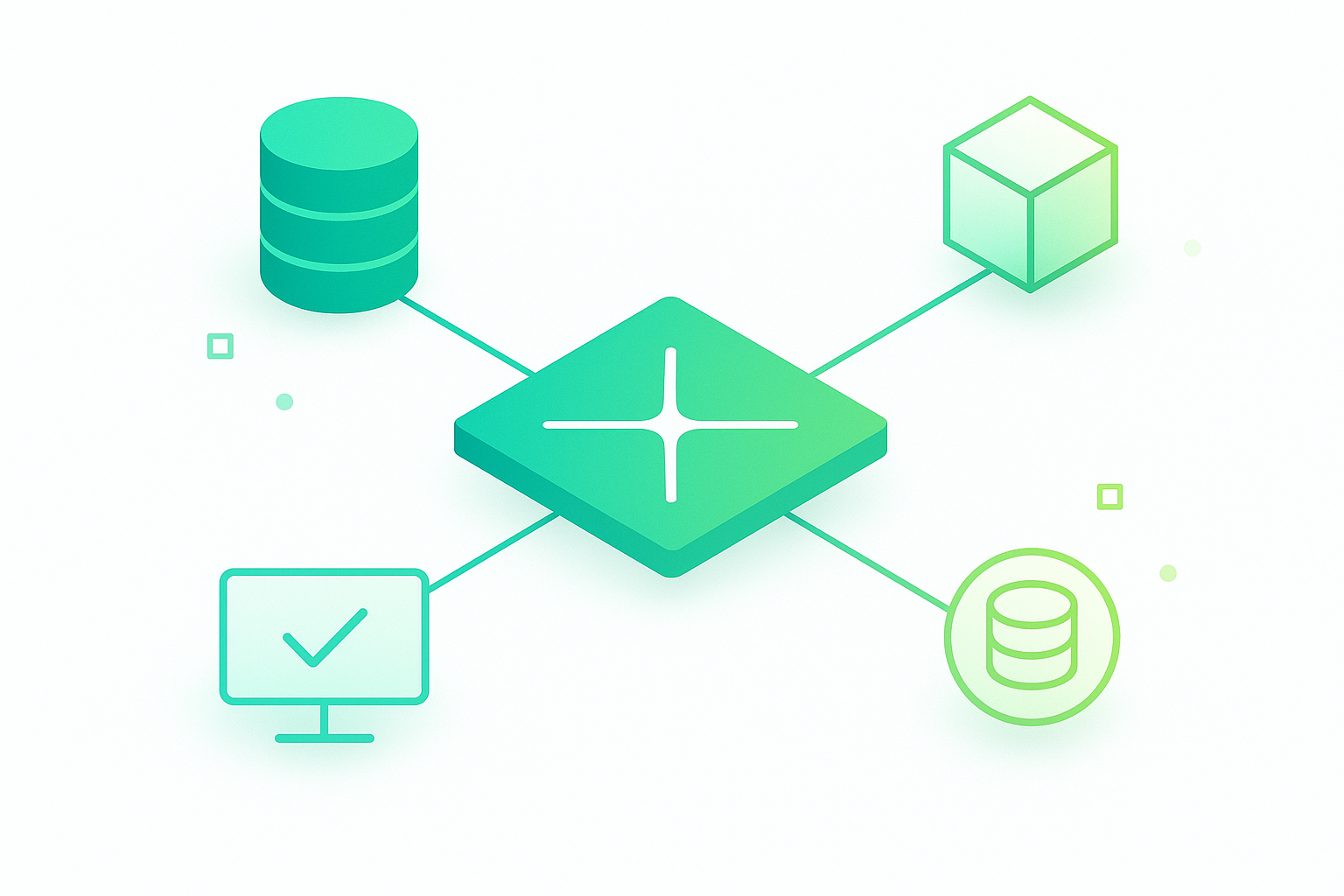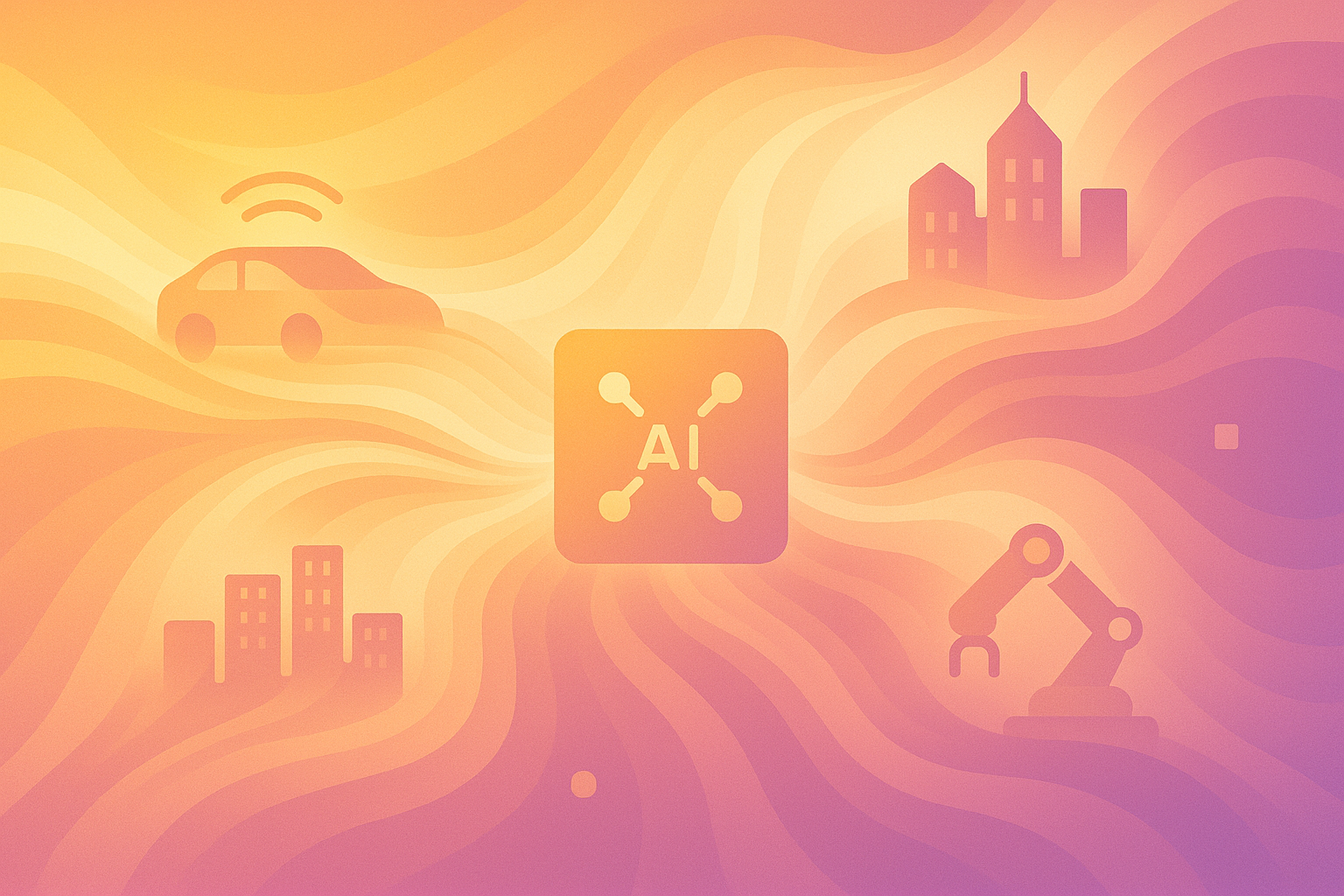
The technology landscape is shifting dramatically. By the early 2030s, 74% of global data will be processed outside traditional data centers. Meanwhile, the edge AI market—valued at $20.78 billion in 2024—is growing at a staggering 21.7% annually. These aren't just statistics; they represent a fundamental change in how we build, deploy, and scale applications.
This convergence of AI and edge computing is creating exciting opportunities, but it's also putting unprecedented demands on infrastructure platforms that need to be both flexible and powerful.
Remember when deploying a machine learning model meant weeks of infrastructure setup? Those days are over. Today's AI applications—especially large language models—demand GPU resources that can scale automatically. At the same time, edge computing is moving processing power closer to where data originates, reducing latency from milliseconds to microseconds.
This convergence creates exciting opportunities:
But here's the challenge: managing this complexity shouldn't require a team of DevOps engineers.
Modern applications face unique deployment challenges that traditional infrastructure wasn't designed to handle:
Different AI workloads have different requirements. Some models run best on NVIDIA's infrastructure, others on Google's TPUs, and still others on AWS's custom silicon. Organizations increasingly need the flexibility to choose the best platform for each workload rather than being locked into a single provider.
This becomes even more valuable as organizations navigate the "cloud repatriation" trend. When regulations require data to stay within specific geographic boundaries, or when costs make edge deployment more attractive, you need infrastructure that can adapt.
AI applications require sophisticated GPU allocation and scaling. Unlike traditional CPU-based scaling, GPU resources need to be:
Edge computing isn't just about latency—it's about creating resilient, distributed systems that can operate independently. Applications need to run consistently whether they're in a data center or on a factory floor, with the same operational capabilities and monitoring.

To handle these challenges, organizations need infrastructure platforms that provide:
Rather than managing separate toolchains for each cloud provider, modern platforms should provide a consistent interface across AWS, Google Cloud, Azure, and even edge infrastructure. This allows teams to:
Modern workloads require platforms that can:
Consider a smart city application that analyzes traffic patterns. During peak hours, it might leverage cloud GPU resources for heavy computational tasks. During normal operations, it runs entirely on edge infrastructure. This kind of hybrid deployment should be straightforward rather than complex.
While the underlying infrastructure is complex, the developer experience should be simple. Teams should be able to define their applications declaratively and let the platform handle:
A medical device company needed to deploy AI-powered diagnostic tools that could analyze medical images in real-time at hospitals worldwide. The solution required:
A global manufacturer implemented predictive maintenance systems across hundreds of factories. Each location needed:
A financial services company deployed fraud detection systems that needed to process transactions in real-time across multiple regions:
This is exactly the challenge that modern Platform-as-a-Service solutions like Convox are designed to solve. Rather than forcing teams to become experts in Kubernetes, cloud provider APIs, and infrastructure management, platforms like Convox provide the abstraction layer that makes complex deployments simple.
With the right platform, you can launch production-ready applications with GPU auto-scaling in under an hour. This isn't just about provisioning resources—it's about having a platform that handles the complexity of GPU allocation, scaling, and cost optimization automatically.
Modern platforms provide true multi-cloud support, allowing you to deploy the same application to AWS, Google Cloud, Azure, or Digital Ocean without changing your code. This flexibility becomes crucial as organizations adopt hybrid and edge strategies.
With the right platform, you get built-in observability that understands modern application patterns. Rather than requiring separate monitoring tools and complex configuration, modern platforms provide:
This integrated approach means teams can focus on optimizing their AI models and edge deployments rather than building monitoring infrastructure.
Modern AI and edge applications generate massive amounts of operational data that teams need to understand and act upon. The best platforms provide integrated monitoring and alerting that goes beyond basic metrics:
When your AI model suddenly starts consuming more GPU memory, or your edge deployment experiences network latency spikes, you need to know immediately—and you need context to understand whether it's a problem or just normal behavior.
The most successful AI and edge deployments happen when developers can focus on building intelligent applications rather than wrestling with infrastructure. This means platforms that provide:
The most exciting developments happen at the intersection of AI and edge computing. We're seeing applications that were impossible just a few years ago:
These applications require platforms that can handle both the computational demands of AI and the distributed nature of edge computing—all while providing the developer experience that teams need to iterate quickly and deploy confidently.

The AI and edge computing revolution is happening now. Organizations that can effectively deploy and scale these applications will have a significant competitive advantage. But success depends on choosing infrastructure platforms that can handle the complexity while keeping the developer experience simple.
The companies winning in this space aren't necessarily those with the largest infrastructure teams—they're the ones that have chosen platforms that let their developers focus on building intelligent applications rather than managing infrastructure complexity.
Whether you're building your first machine learning API or architecting a distributed edge AI system, the key is finding a platform that provides the power and flexibility you need without the operational overhead you don't want.
Ready to explore what's possible? The future of AI and edge computing is being built today, and the right infrastructure platform can make all the difference in how quickly you can innovate and scale.
Get Started Free with modern infrastructure that grows with your applications, or contact our team to discuss your specific AI and edge computing requirements.
Want to dive deeper into modern application infrastructure? Explore our comprehensive documentation covering GPU scaling and workload placement, multi-cloud deployment strategies, and more insights on our blog.
